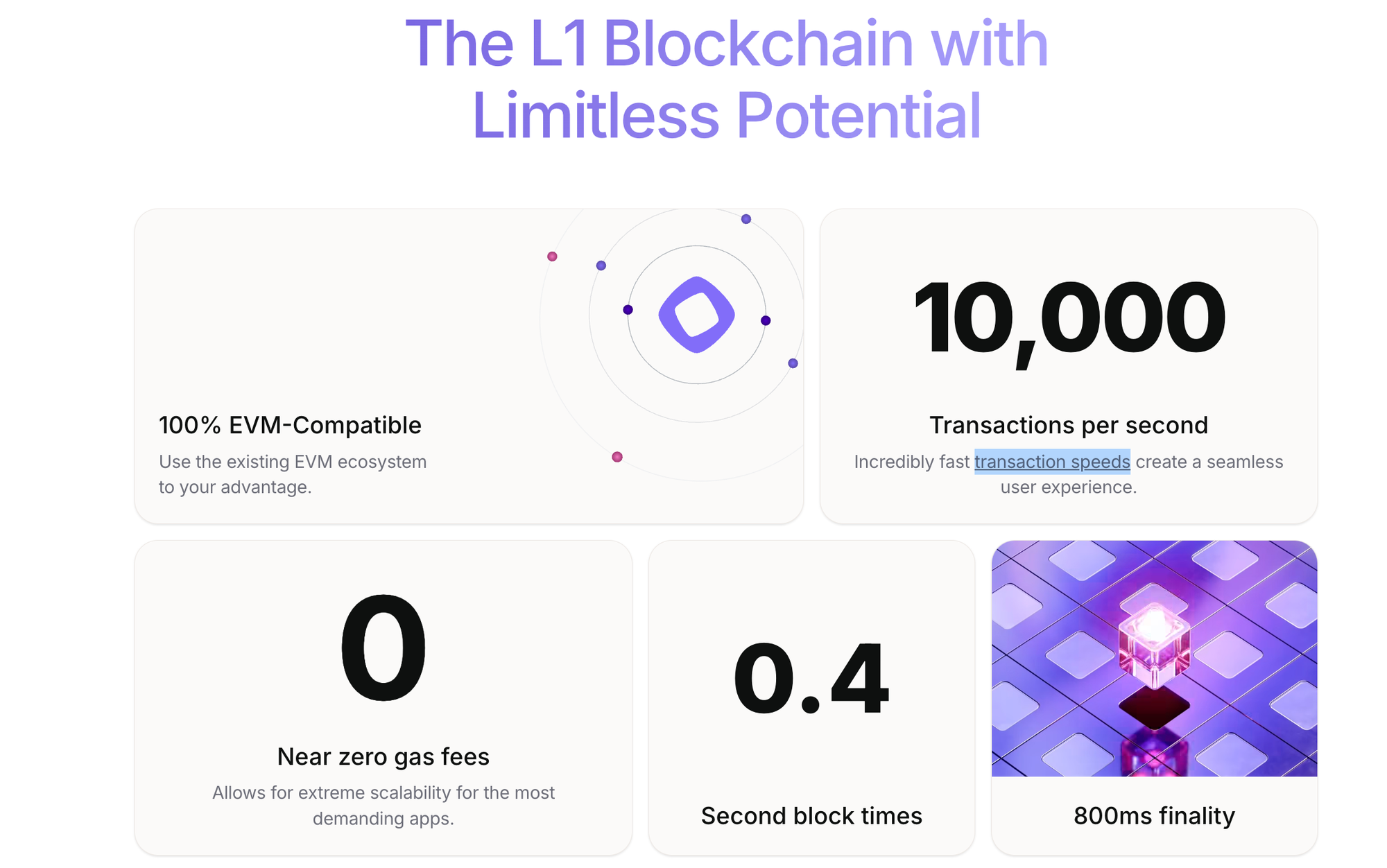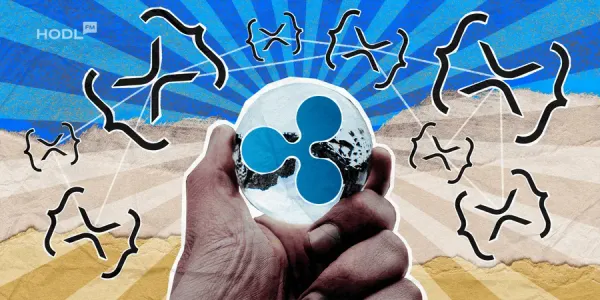Monad, a high-performance Layer-1 blockchain designed to rival Ethereum and Solana, has confirmed that its mainnet will officially launch on November 24 at 9 a.m. ET, following the completion of its airdrop claim period earlier this month. The event signifies an important development for the project, which has attracted considerable interest due to its technical design, parallel execution model, and $244 million in venture backing.
Mainnet and token generation event set for launch day
Monad’s mainnet launch will coincide with its token generation event (TGE), when its native token MON will go live on several major trading platforms, most notably Kraken, which confirmed day-one listing via its official X account.
Monad Mainnet will launch on November 24th, 9am ET
— Monad (mainnet arc) (@monad) November 5, 2025
Waiting room 👇 https://t.co/3yP2WucnxU
According to the Monad Foundation, eligible airdrop participants, who completed claims before the November 3 cutoff, will receive their MON allocations directly at launch. Early contributors will be able to access their tokens alongside the network’s debut, which signals the transition from months of testnet experimentation to full deployment.
Ecosystem partners and wallets including Phantom and Backpack will integrate MON from day one, while Uniswap and Wormhole are expected to enable immediate interoperability and cross-chain trading. Early projects such as Molandaks and Alloca are also set to launch on the same day, which expands the Layer-1’s decentralized finance (DeFi) and NFT footprint.
From testnet success to mainnet debut
Monad’s upcoming mainnet release follows the successful rollout of its public testnet in February, which allowed developers to deploy decentralized applications (dApps) and test the chain’s scalability. In July, the foundation confirmed the acquisition of Portal Labs, a key infrastructure company behind the stablecoin platform Portal. The acquisition aimed to strengthen Monad’s ecosystem capabilities ahead of the mainnet’s debut.
By offering Ethereum Virtual Machine (EVM) compatibility, Monad ensures developers can deploy existing smart contracts and tools without rewriting code. The network aims to deliver up to 10,000 transactions per second (TPS) and achieve sub-second finality, which leverages parallel transaction execution and superscalar pipelining to achieve high throughput with minimal latency.

Airdrop details and community participation
Ahead of its November 24 launch, Monad conducted a comprehensive airdrop campaign, inviting over 235,500 participants to claim MON tokens through a dedicated portal. Claims opened on October 14 and closed on November 3, after which the snapshot and eligibility verification were finalized.
Reminder: airdrop claim closes November 3
— Monad (mainnet arc) (@monad) October 21, 2025
Claim here https://t.co/WAKIvKK8xmhttps://t.co/WAKIvKK8xm
Eligible participants included active community supporters, decentralized exchange traders, long-term NFT holders of collections like CryptoPunks, Pudgy Penguins, and Mad Lads, DAO voters, developers building on Monad, and ecosystem contributors in security and education.
According to the foundation, the Monad Foundation team and Category Labs employees were excluded from the airdrop. A snapshot for eligibility had been taken on September 30.
The airdrop was designed under a “stacked allocation model,” allowing users to benefit from multiple participation categories. The project rewarded roughly 5,500 key contributors and over 225,000 broader crypto participants.
In its announcement, Premarket trading of MON perpetual contracts began on Hyperliquid, where the token has hovered around $0.06–$0.07, with trading volumes reaching $5–6 million daily and open interest surpassing $7 million.
Investor backing and growing industry attention
Since its founding in 2022, Monad has raised a total of $244 million, including a $225 million Series A round led by Paradigm, with participation from Electric Capital, Coinbase Ventures, Castle Island Ventures, GSR Ventures, and Greenoaks.
This substantial funding has fueled expectations around Monad’s potential to compete directly with top-tier L1 blockchains while solving Ethereum’s scalability challenges. Its MonadBFT consensus algorithm, an optimized iteration of the HotStuff protocol, enables byzantine fault tolerance with faster communication between nodes, one of the key elements behind its performance claims.
However, sentiment on X remains mixed as launch approaches. Some users have expressed caution, suggesting shorting MON upon release, citing weak premarket performance and speculative hype. Still, others view the network’s debut as a significant new Layer-1 launches since Solana’s surge in adoption.
Security and ecosystem readiness
Monad co-founder Keone Hon recently addressed a wave of phishing attacks on Telegram, warning users about fraudulent advertisements impersonating official project communications.
“Telegram places ads in specific public channels. Scammers bought ads in Monad Announcements. It’s astonishing that the messenger allows content promotion in this way, which should only contain information from one party. We are already working to remove all this,” he said on his X platform.
The team has reiterated its focus on safety and regulatory compliance leading into the mainnet. With the MON token distribution locked in, the project’s transition is expected to mark one of the final major Layer-1 launches of 2025.
Monad’s success will depend on sustained developer adoption and the performance of its early ecosystem dApps, but for now, all eyes are set on November 24 as it prepares to enter the high-speed Layer-1 race.




